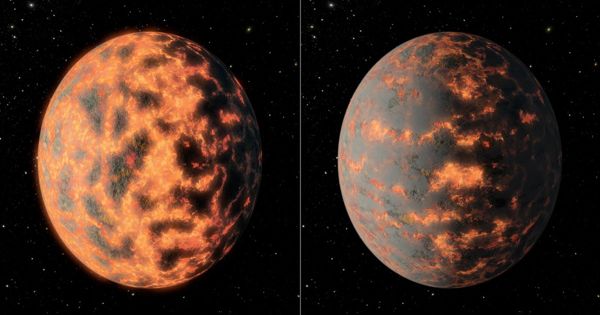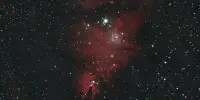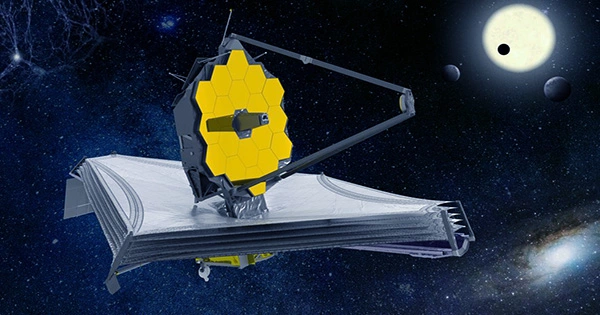Astronomers spotted a supernova that did not fit in nearly four years ago: AT2018cow – often known as the “Cow” – was brighter and shorter than other supernovae. It turned out to be the first of a series of strange star eruptions. The brightest X-ray “cow” has now discovered. Yuhan Yao of Caltech presented the findings virtually at the American Astronomical Society’s 239th meeting. The event known as AT2020mrf first identified in X-rays courtesy to the Russian-German Spektrum-Roentgen-Gamma (SRG) telescope, according to Yao and colleagues.
The new event was 20 times brighter than the previous Cow, and it continued to develop. NASA’s Chandra X-ray Observatory observations a year later revealed that AT2020mrf was 200 times brighter than the cow after the same time interval. “At first, I didn’t believe the analysis when I saw the Chandra data,” Yao stated in a press statement obtained by IFLScience. “I performed the analysis a few times more. In X-rays, this is the brightest Cow supernova ever witnessed. We can peer into the core of these explosions and view the formation of black holes and neutron stars up close.”

That is most likely what is causing the strange blasts. Cow events are bright explosions that reveal the development of an incredibly compact object, such as a stellar-sized black hole or a neutron star. They are extremely active, releasing their energy in the form of X-rays.
“The tremendous amount of energy released and the rapid X-ray variability detected in AT2020mrf provide strong evidence that the core engine is either a very active black hole or a rapidly spinning neutron star known as a magnetar,” Yao added. “We still don’t know why the core engine is particularly active in Cow-like events, but it definitely has something to do with the progenitor star’s kind being distinct from typical explosions.”
It is crucial to learn more instances to comprehend why they are different. Only a few known, and considering how unique and violent AT2020mrf is, this class of stellar explosions is likely to be more diverse than previously thought. “Finding more members of this class will help us zero down on where their power comes from,” Yao added. The paper submitted the Astrophysical Journal available at the ArXiv Paper Collection.
















